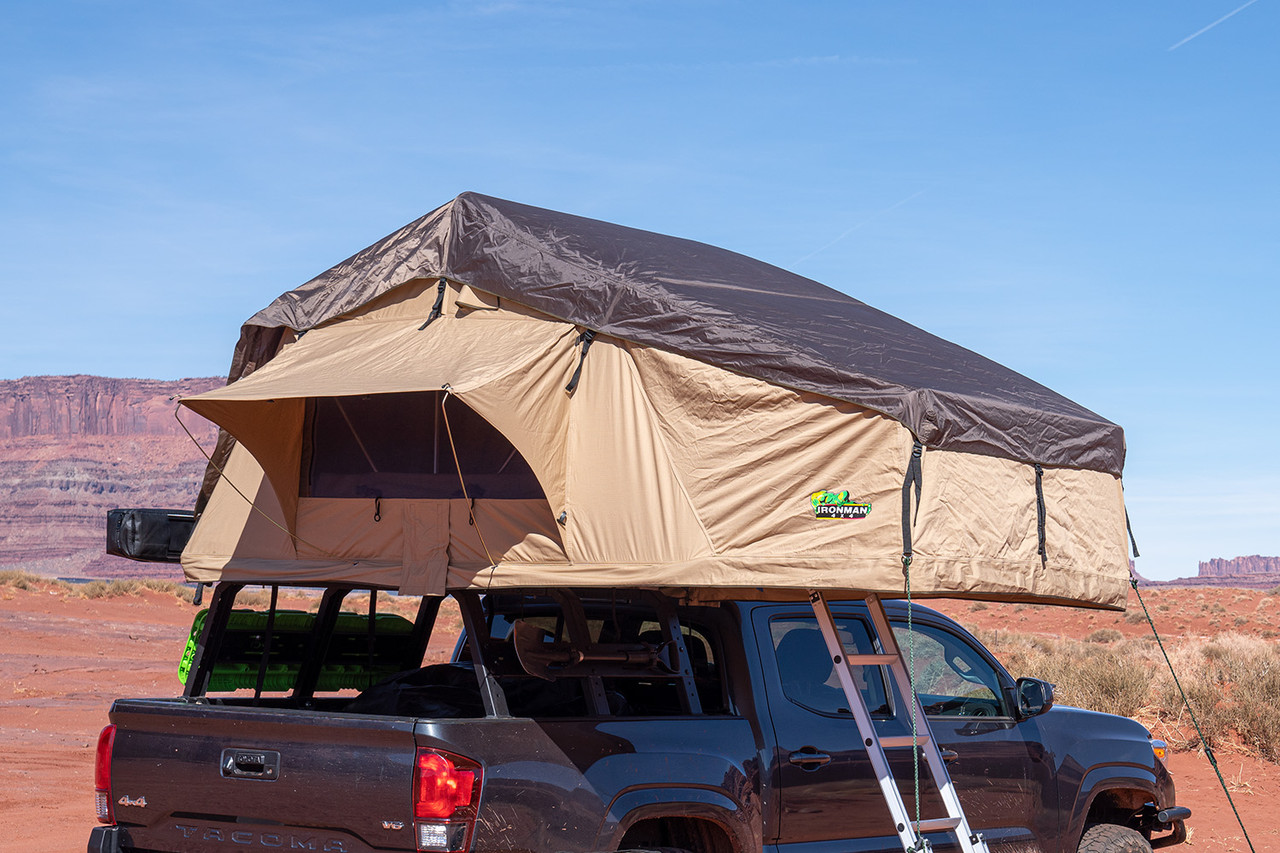

Articles
How To Store Roof Top Tent
Modified: December 7, 2023
Learn the best practices for storing a roof top tent with these helpful articles. Keep your tent safe and protected for your next adventure.
(Many of the links in this article redirect to a specific reviewed product. Your purchase of these products through affiliate links helps to generate commission for Storables.com, at no extra cost. Learn more)
Introduction
Roof top tents have become increasingly popular among outdoor enthusiasts, offering a convenient and comfortable way to camp. Whether you use your roof top tent frequently or on occasion, it’s essential to store it properly when not in use to ensure its longevity and optimal performance. In this article, we will guide you through the process of storing a roof top tent effectively.
Storing a roof top tent requires careful consideration of the location, proper disassembly, cleaning, and packing techniques. By following the recommended steps, you can maintain the integrity of your tent and extend its lifespan, allowing you to enjoy many more memorable camping adventures.
Key Takeaways:
- Choose a dry, well-ventilated storage location for your roof top tent to prevent moisture damage and ensure its longevity. Regular cleaning, disassembly, and proper packing techniques are essential for maintaining the tent’s integrity.
- Protect your roof top tent from potential damage by using a protective cover, avoiding extreme temperatures, and storing it away from pests and heavy objects. Regular inspection and maintenance will help identify and address any issues before they worsen.
Read also: 15 Best Roof Top Tent For 2024
Choosing the Right Storage Location
Choosing the right storage location for your roof top tent is crucial to ensure its protection from the elements and potential damage. Here are a few factors to consider when selecting the ideal storage spot:
- Indoor vs Outdoor: If possible, store your roof top tent indoors to provide maximum protection from extreme weather conditions, such as heavy rain, snow, or prolonged exposure to the sun. A garage, carport, or storage unit are all good indoor options. If indoor storage is not feasible, look for an outdoor location that offers some degree of shelter, such as under a sturdy awning or tarp.
- Temperature and Humidity: Choose a storage location that maintains a relatively stable temperature and low humidity levels. Extreme temperature fluctuations and high humidity can accelerate wear and tear on your tent fabric and components. Avoid storing your tent in areas prone to moisture build-up, such as basements or near water sources, as this can lead to mold and mildew growth.
- Accessibility: Consider ease of access when selecting a storage spot. You will need to retrieve and set up the tent when ready to use it again, so choose a location that allows for convenient access without obstacles or heavy lifting.
Remember to check any specific storage requirements provided by the manufacturer and follow their recommendations to ensure the longevity of your roof top tent.
Cleaning and Maintenance
Before storing your roof top tent, it is essential to clean it thoroughly to remove any dirt, debris, or stains. Follow these steps for effective cleaning and maintenance:
- Start with a Dry Brush: Use a soft-bristle brush to remove dry dirt and debris from the tent fabric, including the roof, walls, and floor. Gently brush in a circular motion to avoid damaging the fabric.
- Use Mild Soap and Water: Fill a bucket with warm water and add a mild soap or tent cleaner. Dip a sponge or soft cloth into the soapy water and gently scrub the tent fabric. Pay attention to any stubborn stains or areas that need extra cleaning. Rinse the cloth or sponge frequently to avoid spreading dirt.
- Rinse Thoroughly: Once you have cleaned the tent, rinse it thoroughly with clean water to remove any soap residue. Make sure to rinse both sides of the fabric and pay attention to seams and zippers.
- Allow to Air Dry: After rinsing, set up the tent in a well-ventilated area or hang it to dry. Ensure that it is completely dry before moving on to the next step. Avoid storing the tent while it is damp, as this can lead to mold or mildew growth.
- Inspect for Damage: While cleaning your roof top tent, take the opportunity to inspect it for any signs of damage, such as tears, loose stitching, or broken zippers. If you notice any issues, address them promptly, either by repairing them yourself or seeking professional assistance.
Regular cleaning and maintenance not only keep your roof top tent in top condition but also help identify and address any potential issues before they worsen. By caring for your tent properly, you can ensure its longevity and enjoy many more camping adventures.
Disassembling the Roof Top Tent
Properly disassembling your roof top tent is a crucial step in storing it effectively. Follow these steps to ensure a smooth disassembly process:
- Remove Bedding and Accessories: Start by removing any bedding, pillows, and other accessories from the tent. If there are any detachable components, such as an annex or rainfly, take them off as well.
- Close All Zippers and Fastenings: Before disassembling the tent, make sure to close all zippers and fastenings tightly. This will prevent any loose parts from getting damaged during the disassembly process.
- Lay Flat and Secure: Lay the tent flat on a clean and dry surface, ensuring that it is stable and secure. This will allow for easier disassembly and packing.
- Disconnect and Stow Tent Poles: Start by disconnecting the tent poles from their designated attachments. Gently remove them, being mindful of any elastic bands or connections. Once detached, carefully stow the poles in their designated storage bag or secure them to the tent frame.
- Disassemble the Tent Frame: Depending on the design of your roof top tent, disassemble the frame following the manufacturer’s instructions. This may involve releasing locking mechanisms, removing bolts or screws, or collapsing the frame in a specific sequence. Take your time to ensure a proper disassembly, avoiding any forced movements that may cause damage.
- Fold and Roll the Tent Fabric: Once the frame is disassembled, fold and roll the tent fabric carefully, following the original creases if possible. This will help minimize wrinkles and make it easier to pack. Use any provided straps or tie-downs to secure the folded fabric in place.
By disassembling your roof top tent correctly, you ensure that all components are properly stored and protected. This will make the reassembly process smoother when you are ready to use your tent again.
Folding and Packing the Tent
Once you have disassembled the frame of your roof top tent, it’s time to fold and pack the tent fabric. Follow these steps to ensure an efficient and organized packing process:
- Clean and Dry: Ensure that the tent fabric is clean and completely dry before folding and packing. Any moisture left in the fabric can lead to mold or mildew growth during storage.
- Follow Folding Instructions: Consult the manufacturer’s instructions for specific folding techniques for your roof top tent. If instructions are not available, follow these general guidelines:
- Start by folding the tent fabric in half lengthwise.
- Then fold it in half widthwise, aligning the corners as much as possible.
- Continue folding the fabric in a neat and compact manner, following any original creases.
- Use Compression Straps or Bags: If your tent came with compression straps or a storage bag, utilize them to secure the folded fabric tightly. This helps minimize the overall size of the packed tent and keeps it neat and protected.
- Take Care of Windows and Doors: If your tent has windows or doors with plastic or mesh panels, take special care when folding to avoid damaging these delicate components. Fold them gently and ensure they are not creased or twisted.
- Keep Accessories Organized: If your tent comes with accessories such as stakes, guy ropes, or repair kits, make sure to pack them separately in designated storage pouches or containers. This will keep everything organized and easily accessible when you need them.
Packing your roof top tent in an organized and careful manner will not only save space but also protect the fabric from unnecessary wear and tear. Keeping all components together and properly secured will make the next camping trip stress-free.
When storing a roof top tent, make sure it is completely dry to prevent mold and mildew. Store it in a cool, dry place away from direct sunlight to prolong its lifespan.
Read more: How To Store A Tent
Removing and Storing Mounting Hardware
Properly removing and storing the mounting hardware for your roof top tent is essential to preserve its integrity and ensure a smooth installation next time. Follow these steps to safely handle your mounting hardware:
- Gather the Necessary Tools: Before removing the mounting hardware, gather the necessary tools, such as a wrench or screwdriver, to assist with the process. This will ensure that you have everything you need on hand.
- Disconnect the Tent from the Vehicle: Depending on the mounting system used, carefully disconnect the tent from the vehicle. This may involve loosening and removing bolts or unscrewing clamps. Take caution not to damage your vehicle’s roof or the tent during this process.
- Retain Small Parts: As you remove the mounting hardware, make sure to retain any small parts, such as bolts, washers, or brackets. Keep them together in a small container or baggie to prevent loss or confusion later on.
- Inspect the Hardware: Take a moment to inspect the mounting hardware for any signs of wear, rust, or damage. This is an excellent opportunity to identify any parts that may need replacement or repair before your next camping trip.
- Clean and Dry: Clean the mounting hardware thoroughly with a mild soap and water solution, removing any dirt or debris. After cleaning, make sure to dry the hardware completely to prevent rust or corrosion.
- Store in a Safe and Dry Place: Find a safe and dry place to store your mounting hardware, such as a toolbox or storage container. Consider using zip-lock bags or small compartments to keep the various parts organized and easily accessible when needed again.
Properly handling and storing the mounting hardware ensures that it remains in good condition and ready for your next camping adventure. Remember to consult your tent manufacturer’s instructions for any specific recommendations related to the mounting system.
Protecting the Tent from Damage
Protecting your roof top tent from potential damage during storage is crucial to ensure its longevity and performance. Follow these tips to safeguard your tent:
- Use a Protective Cover: If you store your tent outdoors, consider using a specifically designed protective cover. This cover will shield the tent from UV rays, rain, and dust, preventing potential damage to the fabric and components. Ensure that the cover is properly fitted to prevent moisture buildup.
- Avoid Heavy Objects: When storing your tent, make sure to keep it away from heavy objects or items that may accidentally fall on it. Avoid placing any sharp or abrasive objects near the tent that could potentially cause tears or scratches.
- Keep Away from Pests: Prevent unwanted visitors by storing your tent in a location that is inaccessible to pests or critters. This will help minimize the risk of damage from nesting or chewing.
- Maintain Proper Ventilation: If storing your tent in an enclosed space, ensure proper ventilation to prevent the growth of mold or mildew. A well-ventilated area will also help maintain a stable humidity level, reducing the risk of moisture damage to the fabric.
- Avoid Extreme Temperatures: Extreme heat or cold can have detrimental effects on your tent’s fabric and components. Avoid storing your tent in areas prone to extreme temperature fluctuations, such as attics, sheds without insulation, or uninsulated garages.
- Secure the Tent: Ensure that your tent is securely stored to prevent accidental unrolling or unfolding. Double-check that all buckles, straps, and fastenings are properly secured to avoid unnecessary stress on the tent fabric or frame.
By taking these precautions to protect your roof top tent, you can prolong its lifespan and keep it ready for your next camping adventure. Regular inspection and maintenance will also help identify any issues that may require immediate attention.
Storing the Roof Top Tent in a Dry Location
Storing your roof top tent in a dry location is vital to protect it from moisture, mold, and mildew. Here are some important steps to ensure a dry storage environment:
- Choose a Dry Storage Space: Look for a storage space that is free from any moisture sources, such as leaks or high humidity. Avoid storing your tent in damp basements or areas prone to water accumulation.
- Use Desiccants: Place moisture-absorbing desiccants, such as silica gel packs or moisture absorbers, inside your tent storage bag or container. These desiccants help draw out any moisture and prevent the growth of mold or mildew during storage.
- Ensure Adequate Ventilation: Good airflow is essential in preventing moisture buildup. If you’re storing your tent indoors, make sure there is adequate ventilation in the storage area. If storing in an enclosed space, consider adding a small fan or leaving a door or window slightly open to promote air circulation.
- Avoid Extreme Temperatures: Temperature fluctuations can cause condensation and moisture buildup, even in a dry storage space. Avoid storing your tent in areas that experience extreme temperature changes, such as unheated sheds or uninsulated attics.
- Check for Leaks: Before storing your tent, inspect the storage space for any signs of leaks. Ensure that the roof and walls are intact and that there are no cracks or holes that could allow water to enter.
- Regularly Check for Moisture: Periodically check your tent for any signs of moisture or condensation during storage. If you notice any dampness, use a clean cloth or towel to dry the affected areas before storing it again.
- Monitor Humidity Levels: Consider using a hygrometer to monitor the humidity levels in your storage area. Aim for a humidity level below 50% to prevent moisture damage to your tent.
By storing your roof top tent in a dry environment, you can protect it from potential moisture-related issues and ensure it remains in optimal condition for your next camping trip.
Regular Inspection and Maintenance Tips
To keep your roof top tent in top-notch condition, regular inspections and maintenance are crucial. Follow these tips to ensure the longevity and performance of your tent:
- Inspect Seams and Stitching: Regularly inspect the seams and stitching of your tent for any signs of wear, loose threads, or damage. If you notice any issues, repair them promptly to prevent further damage.
- Check Zippers and Fastenings: Test the functionality of zippers, buckles, and other fastenings regularly. Lubricate zippers with a silicone-based lubricant to ensure smooth operation. Replace any damaged or malfunctioning components before your next camping trip.
- Clean and Dry Before Storage: Before storing your tent, clean it thoroughly and ensure it is completely dry. This will prevent the growth of mold or mildew during storage.
- Inspect Tent Poles and Frame: Check the condition of tent poles and frame components for any signs of damage, such as cracks or bends. Replace any compromised parts to maintain the structural integrity of your tent.
- Treat Fabric for UV Protection: Consider using a UV protectant spray on your tent fabric to enhance its resistance to harmful UV rays. This can help prevent color fading and prolong the lifespan of the fabric.
- Regularly Check for Insect or Pest Infestations: Inspect your tent periodically for any signs of insect or pest infestations, such as webs, droppings, or chewed fabric. Take immediate action if you notice any issues, such as cleaning the tent and using appropriate pest control methods.
- Store and Transport Properly: When not in use, store your tent in a safe and dry place, following the manufacturer’s instructions. During transport, ensure that the tent is properly secured and protected to prevent damage during transit.
- Follow Manufacturer’s Instructions: Always refer to the manufacturer’s instructions for specific maintenance guidelines and recommended products for your roof top tent. Following their recommendations will help prolong the life of your tent.
By conducting regular inspections and addressing potential issues promptly, you can ensure the continued performance and durability of your roof top tent, providing you with many more enjoyable camping experiences.
Read more: How To Store Tents
Conclusion
Storing your roof top tent properly is essential to maintain its longevity, performance, and overall enjoyment. By following the right steps and taking necessary precautions, you can ensure that your tent remains in top condition for many camping adventures to come.
Choosing the right storage location, cleaning and maintaining the tent, disassembling and packing it correctly, and storing it in a dry and protected environment are all crucial steps in the process. Additionally, removing and storing the mounting hardware, protecting the tent from damage, and conducting regular inspections and maintenance are essential practices to preserve the integrity of your roof top tent.
Remember to consult the manufacturer’s instructions for specific guidance and recommendations regarding your tent model. Their guidelines are designed to help you maintain the tent’s quality and performance.
Properly storing your roof top tent not only protects your investment but also ensures optimal comfort and safety during future camping trips. Take the time to care for your tent, and it will reward you with many memorable outdoor experiences.
Frequently Asked Questions about How To Store Roof Top Tent
Was this page helpful?
At Storables.com, we guarantee accurate and reliable information. Our content, validated by Expert Board Contributors, is crafted following stringent Editorial Policies. We're committed to providing you with well-researched, expert-backed insights for all your informational needs.
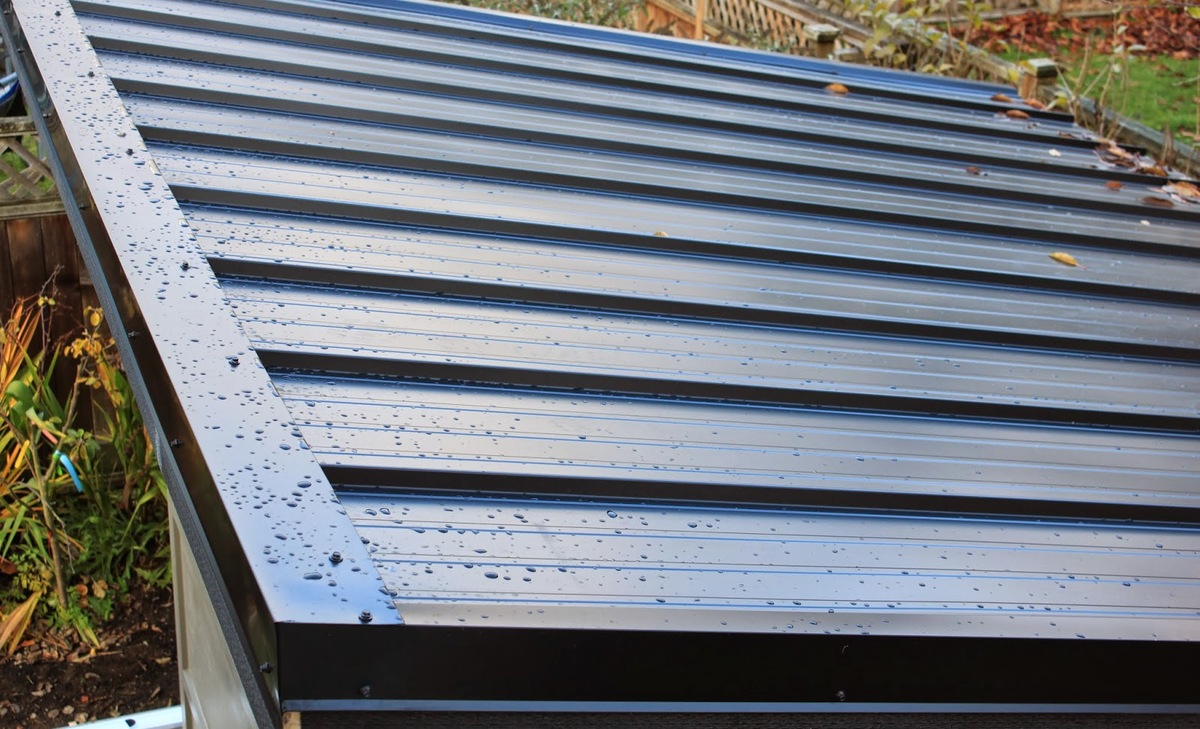
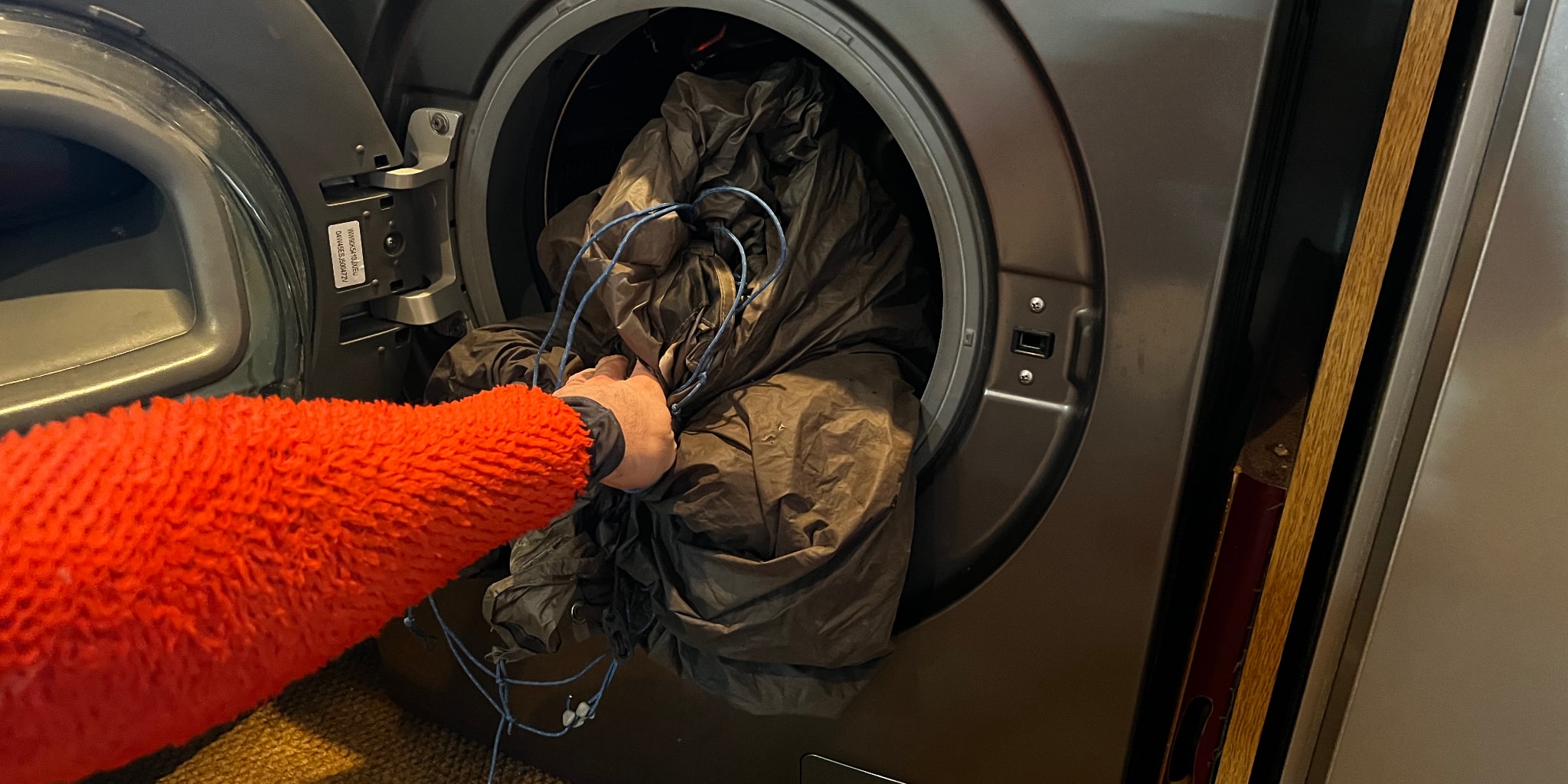



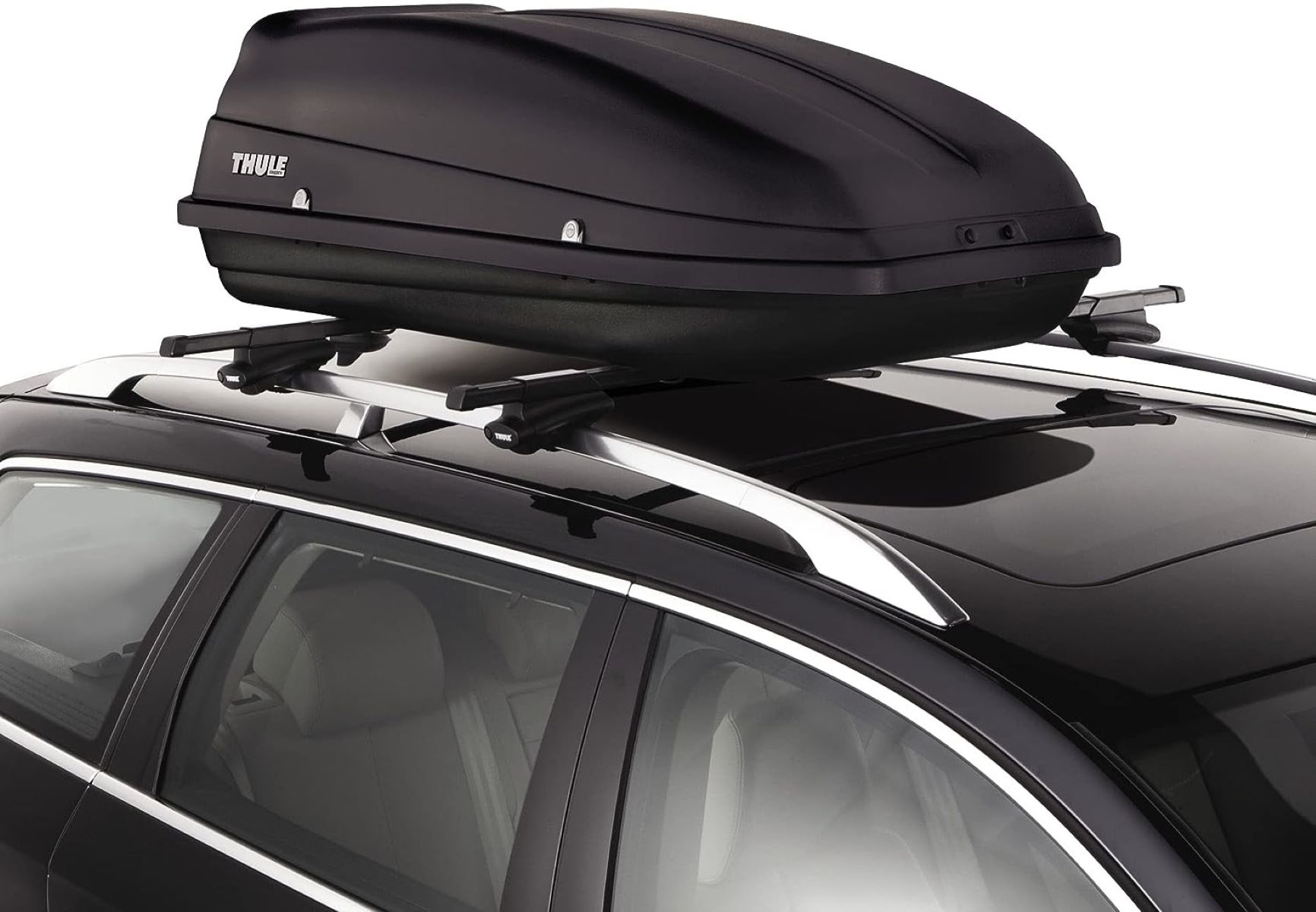
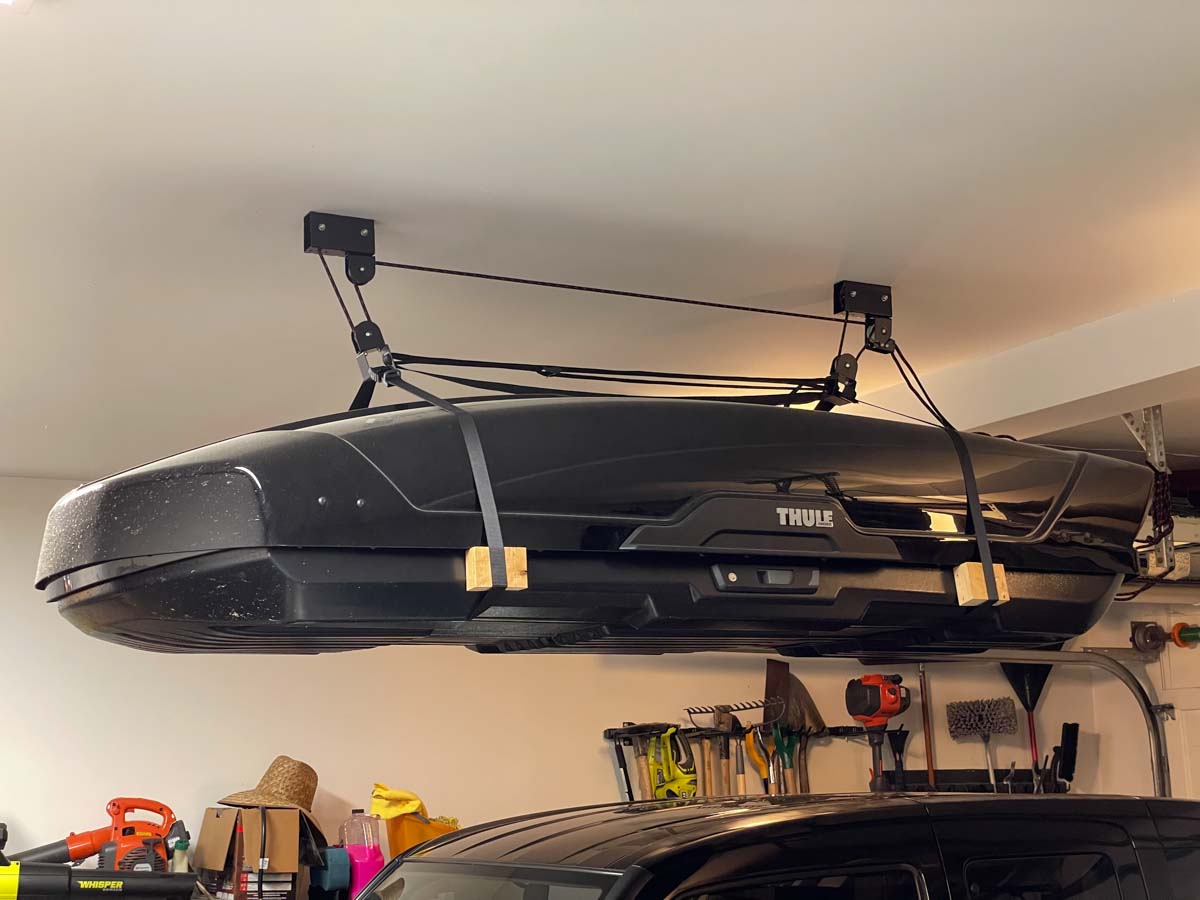


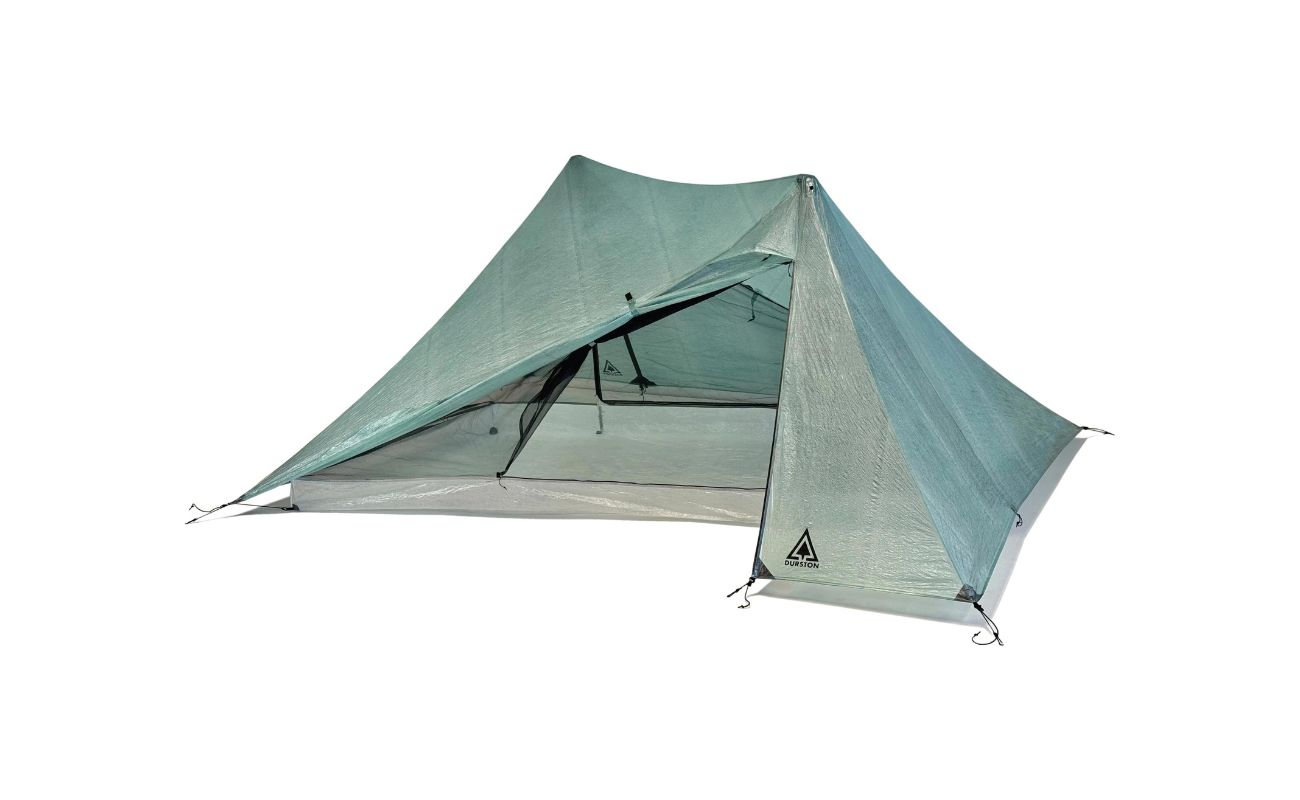
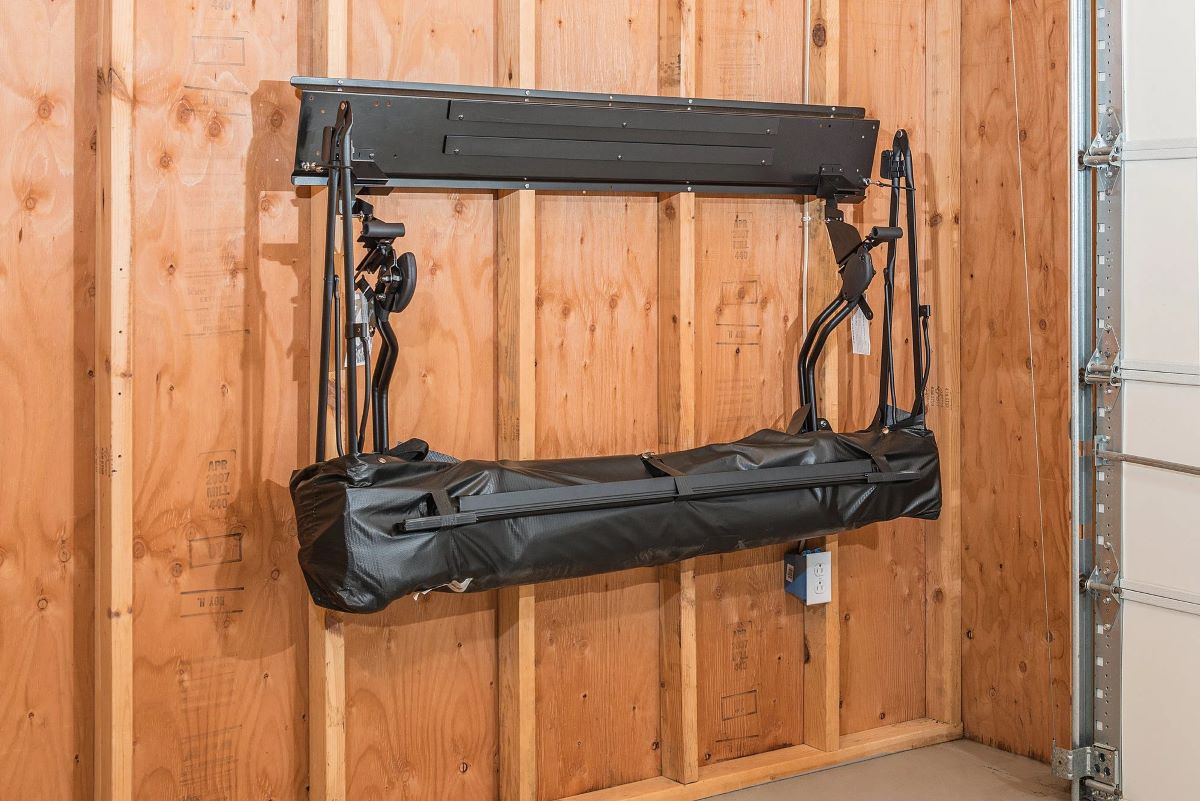

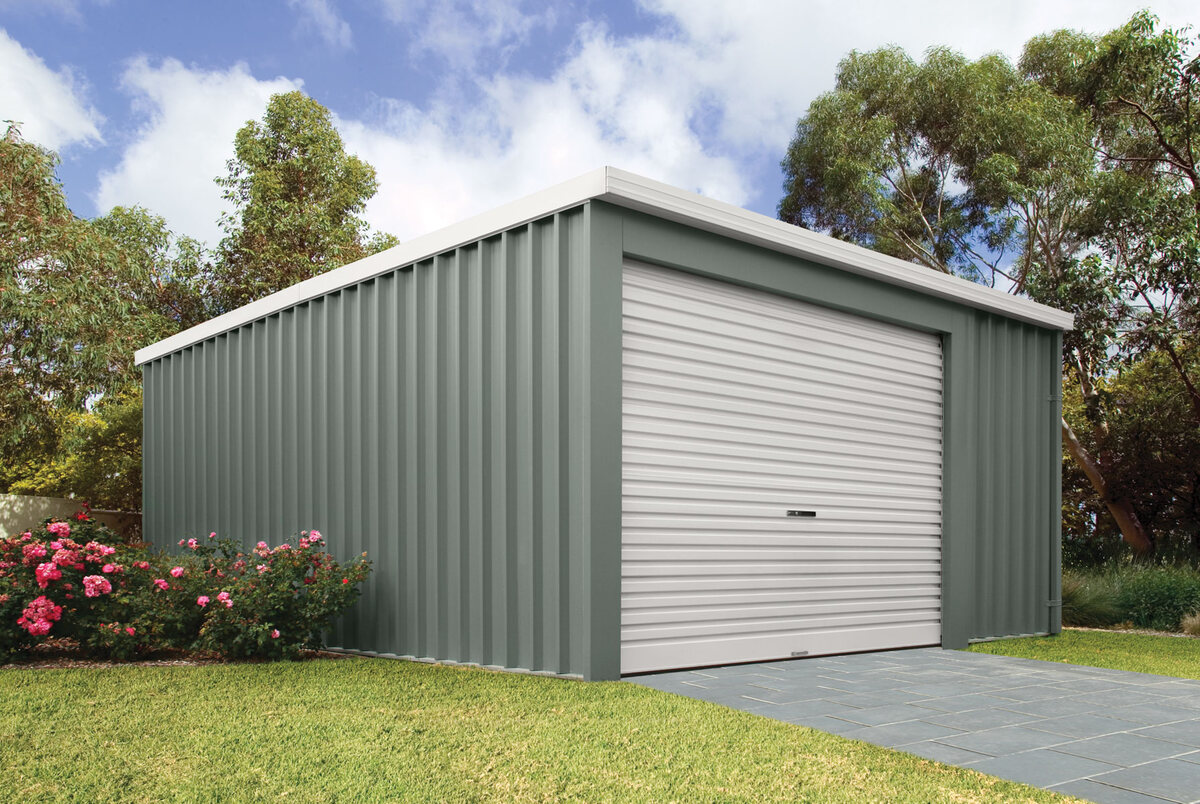

0 thoughts on “How To Store Roof Top Tent”